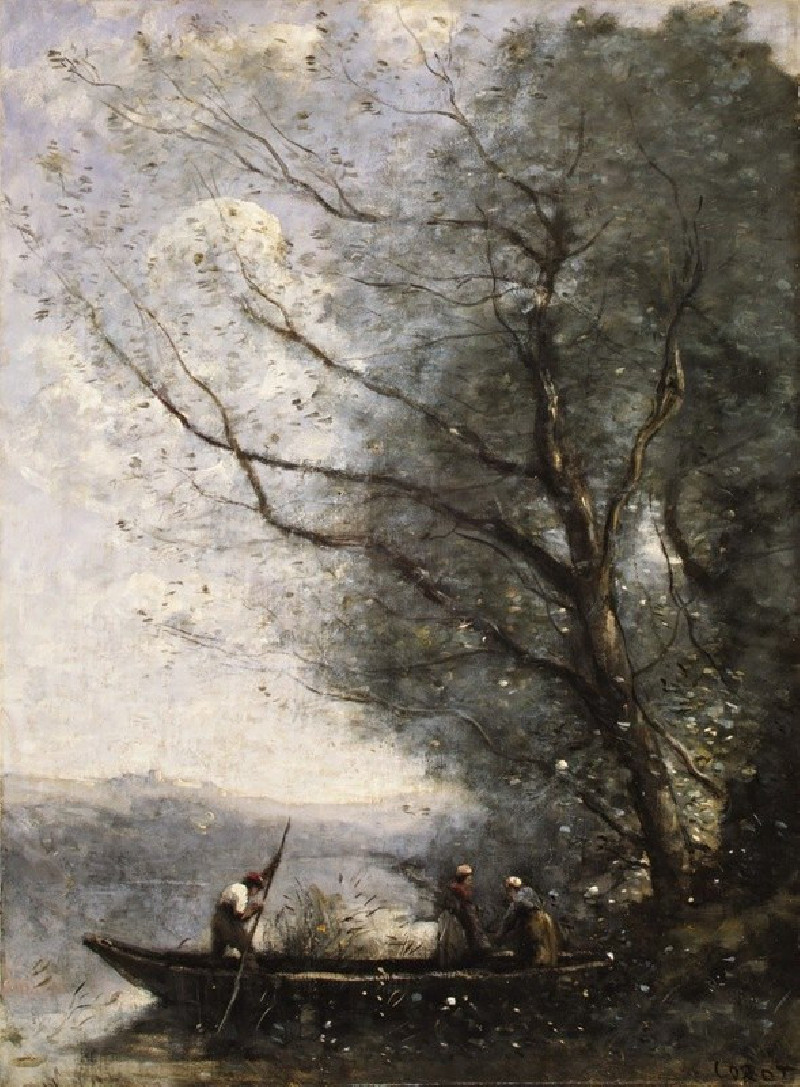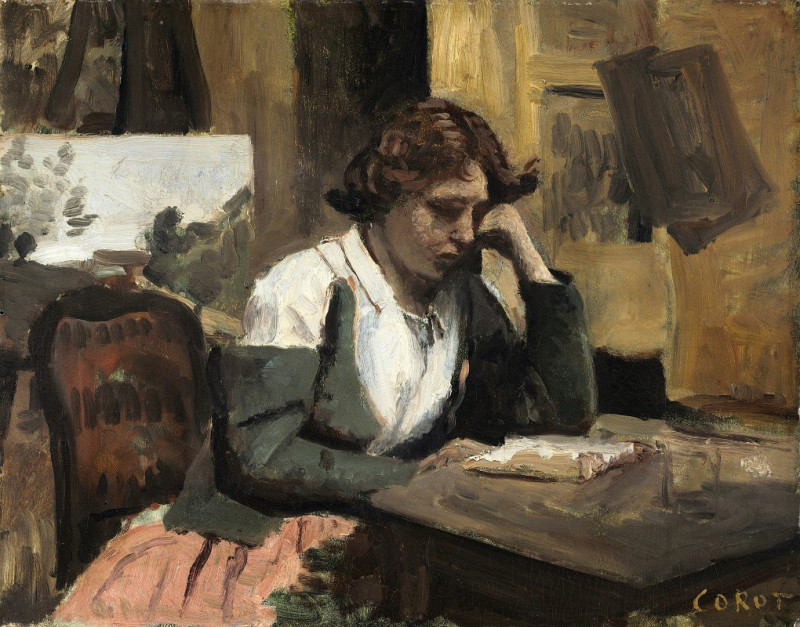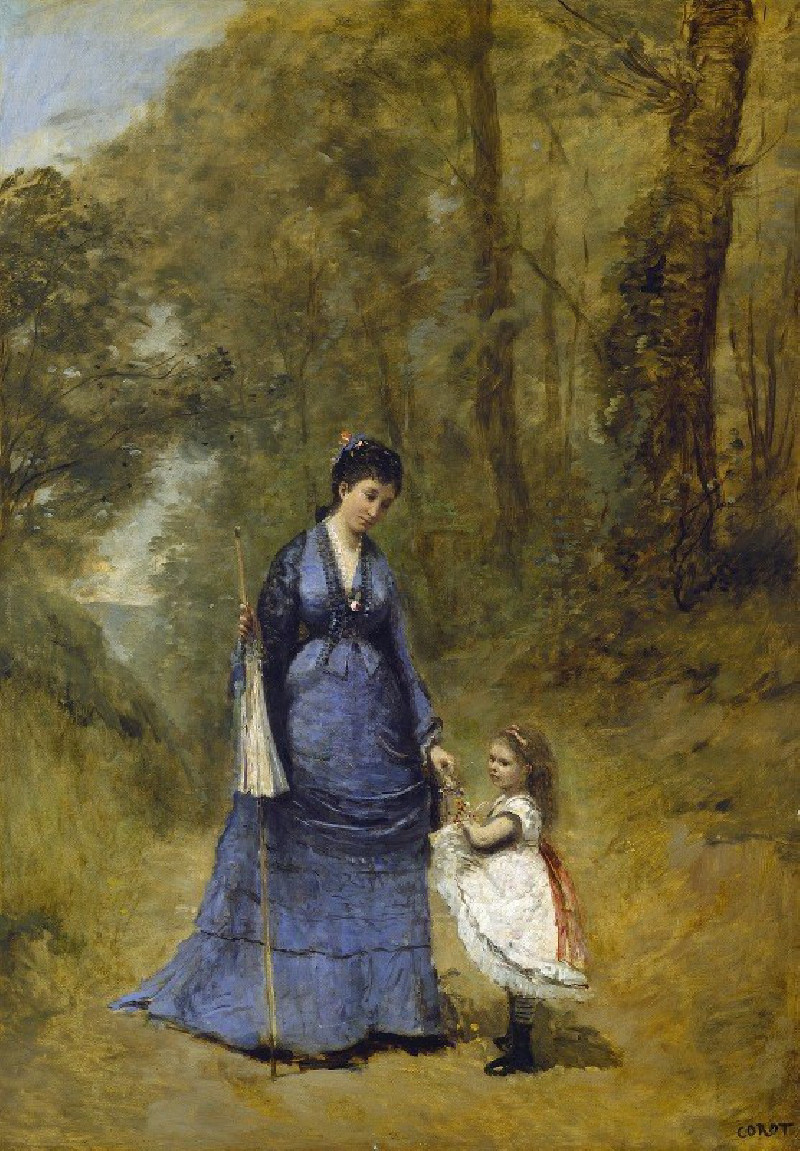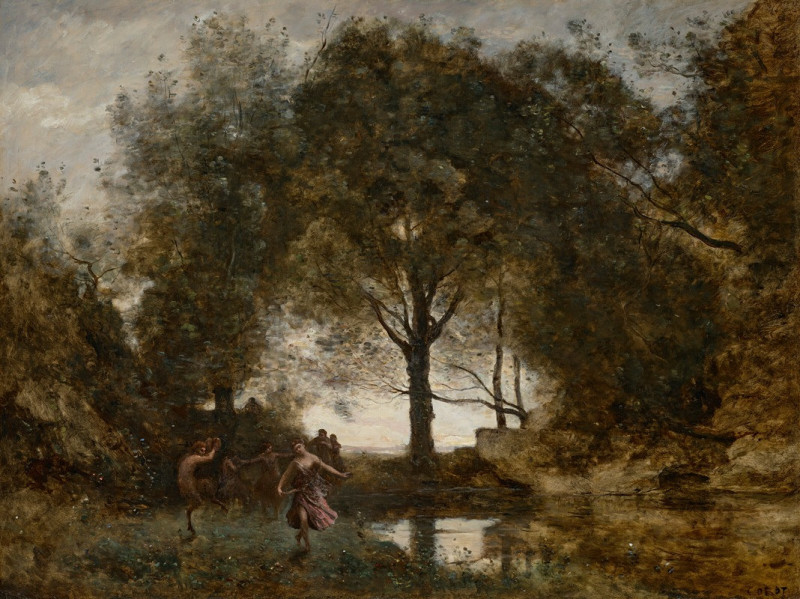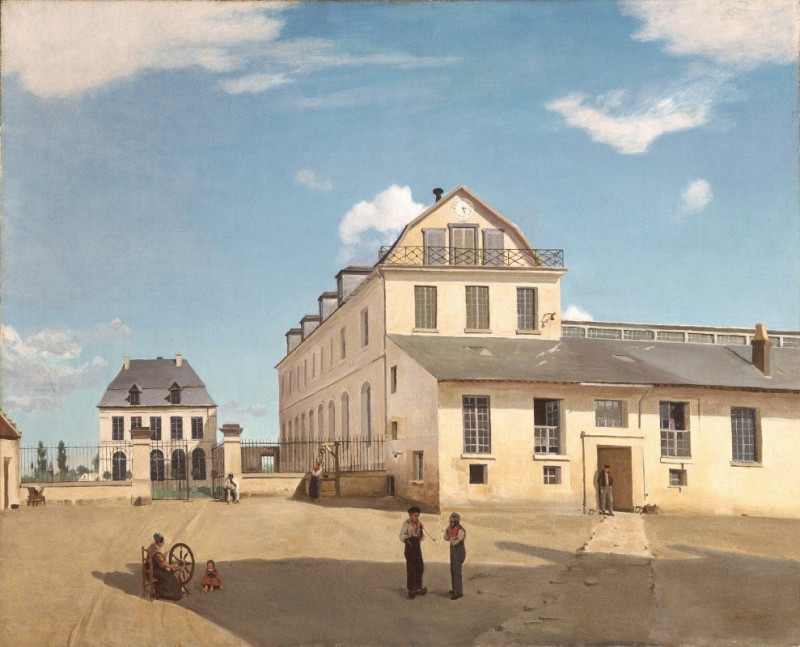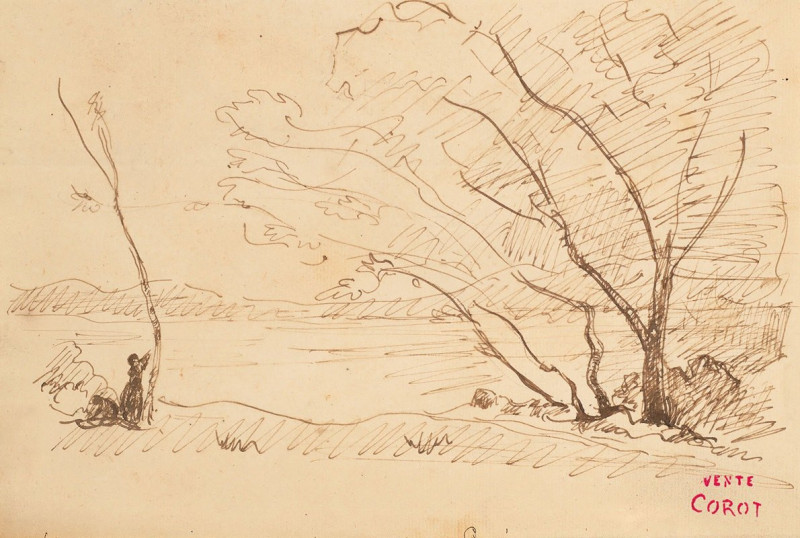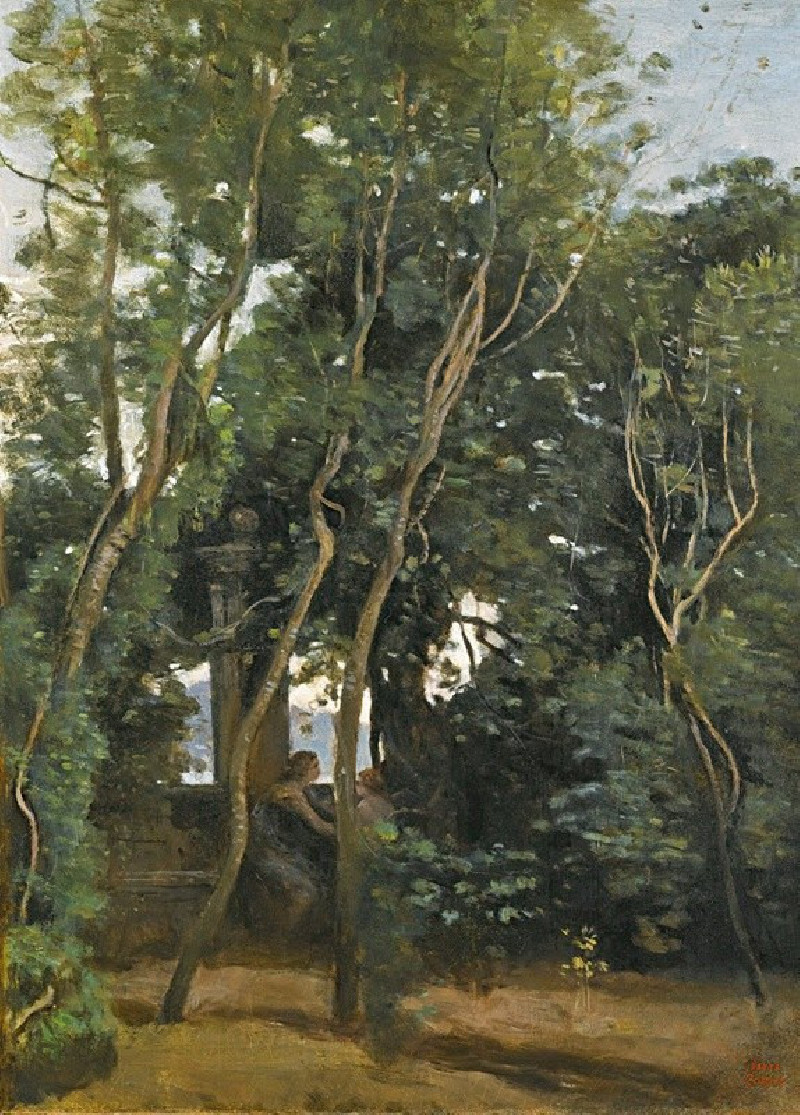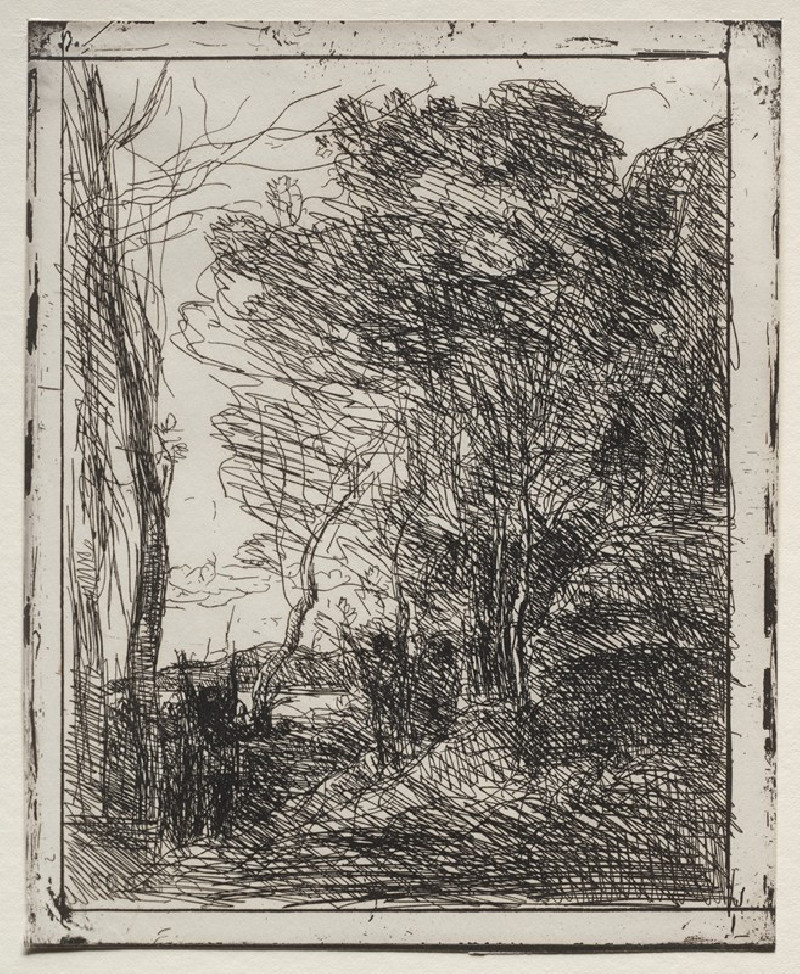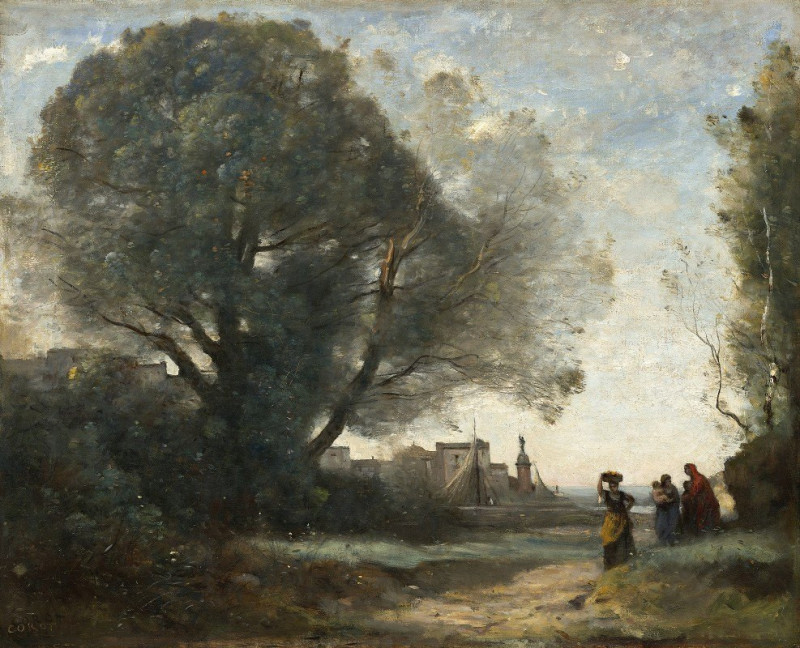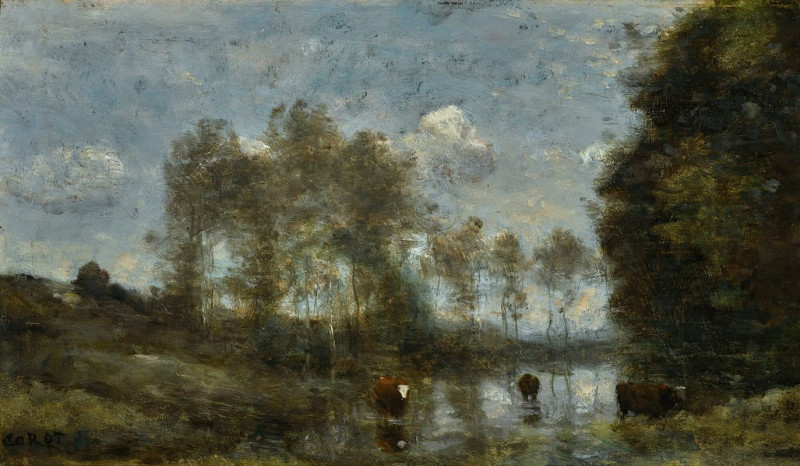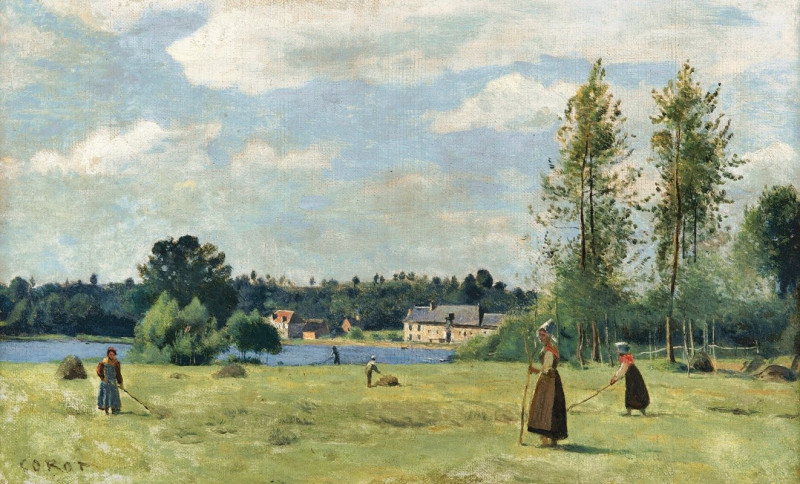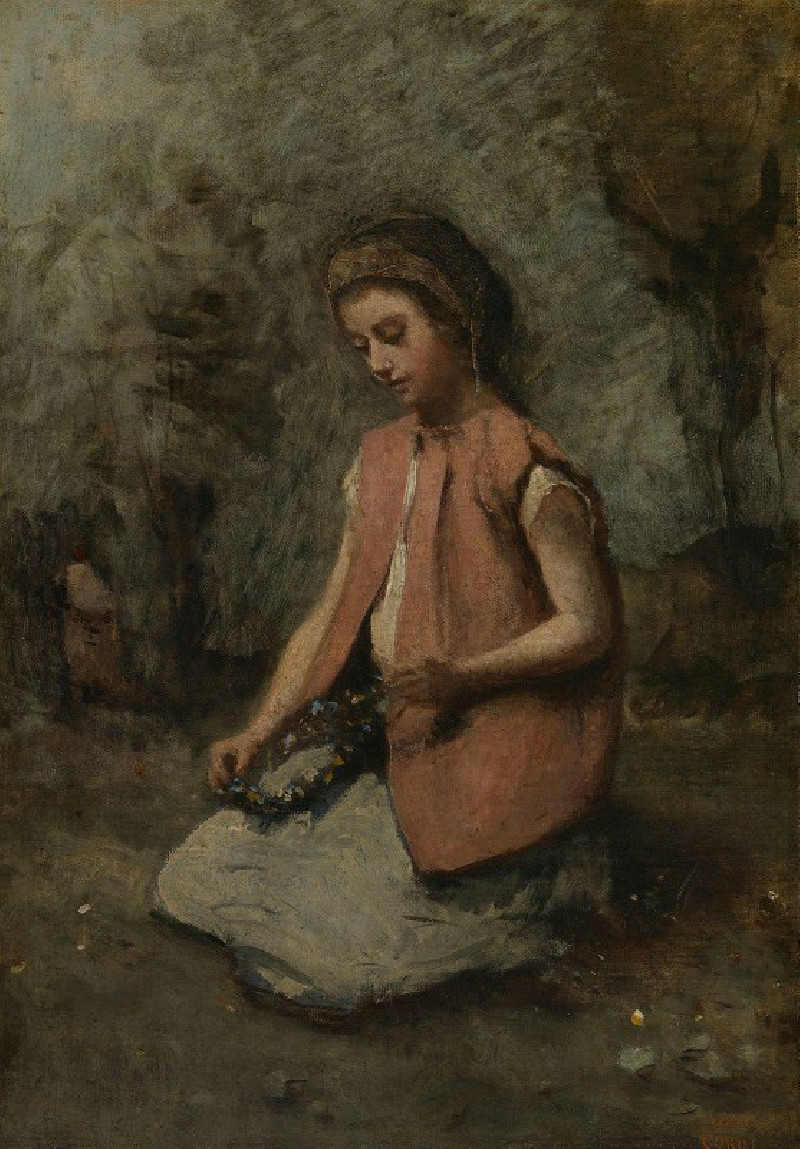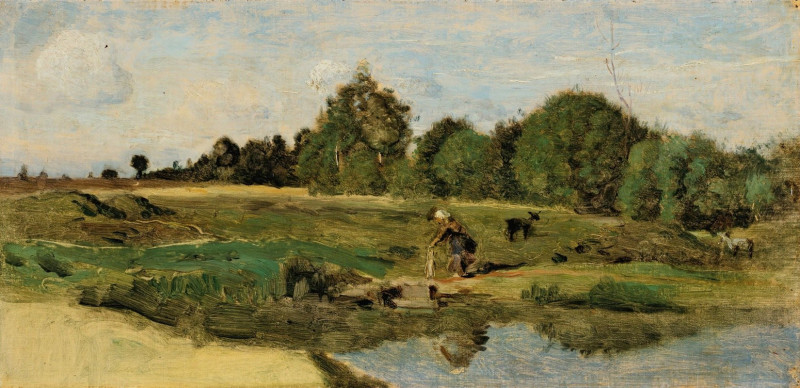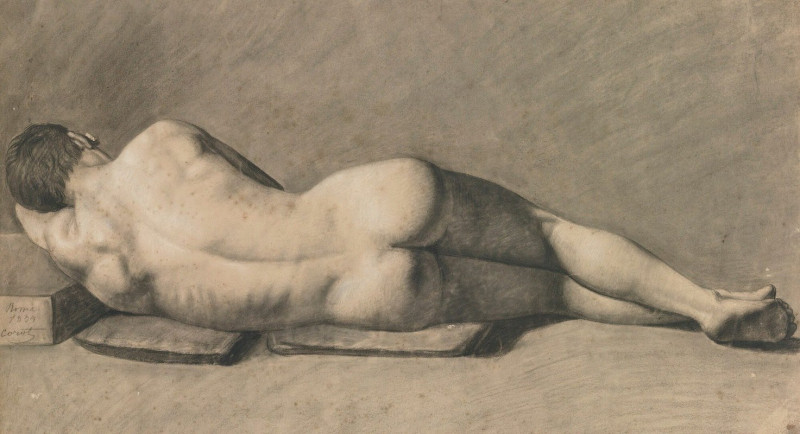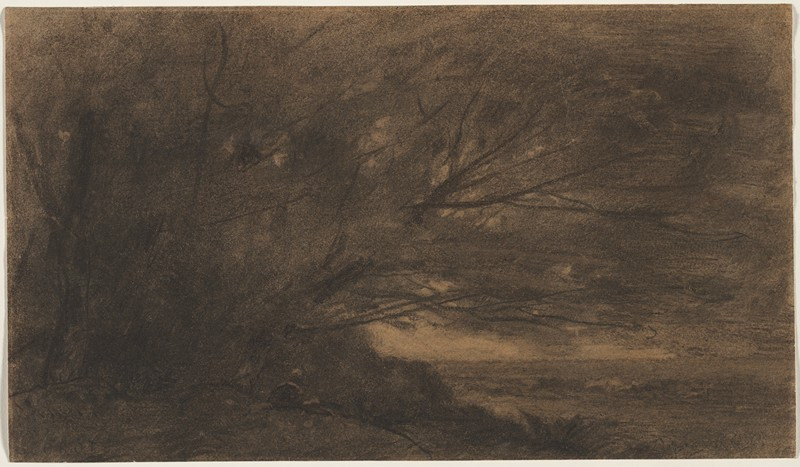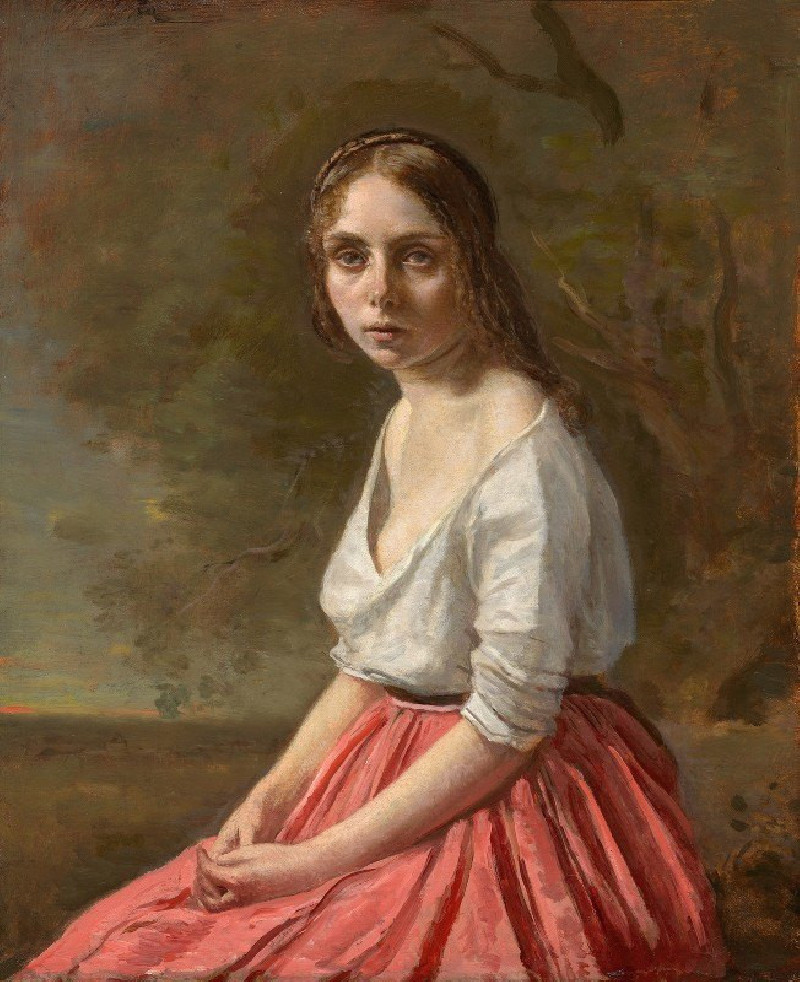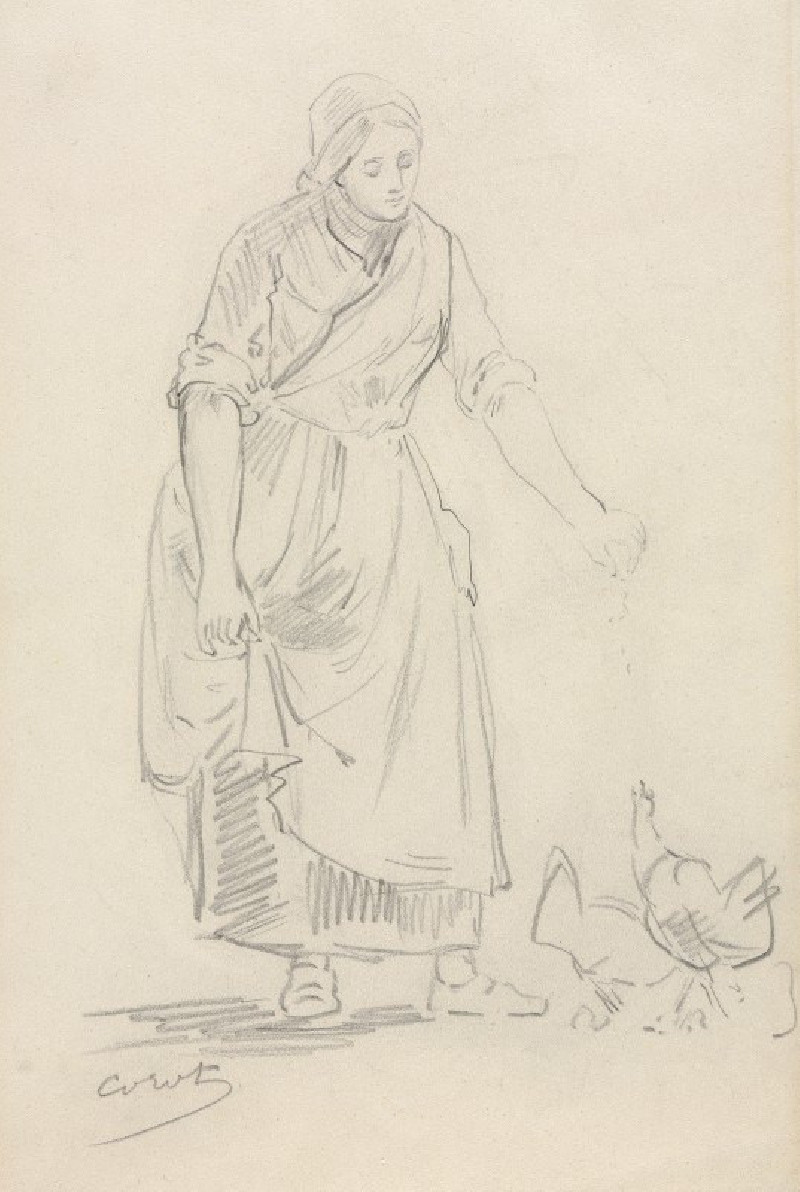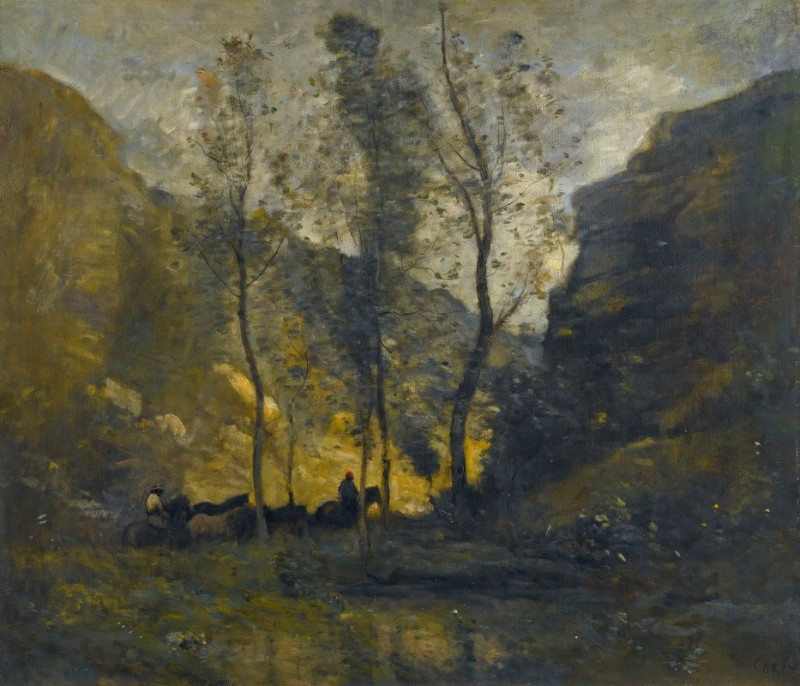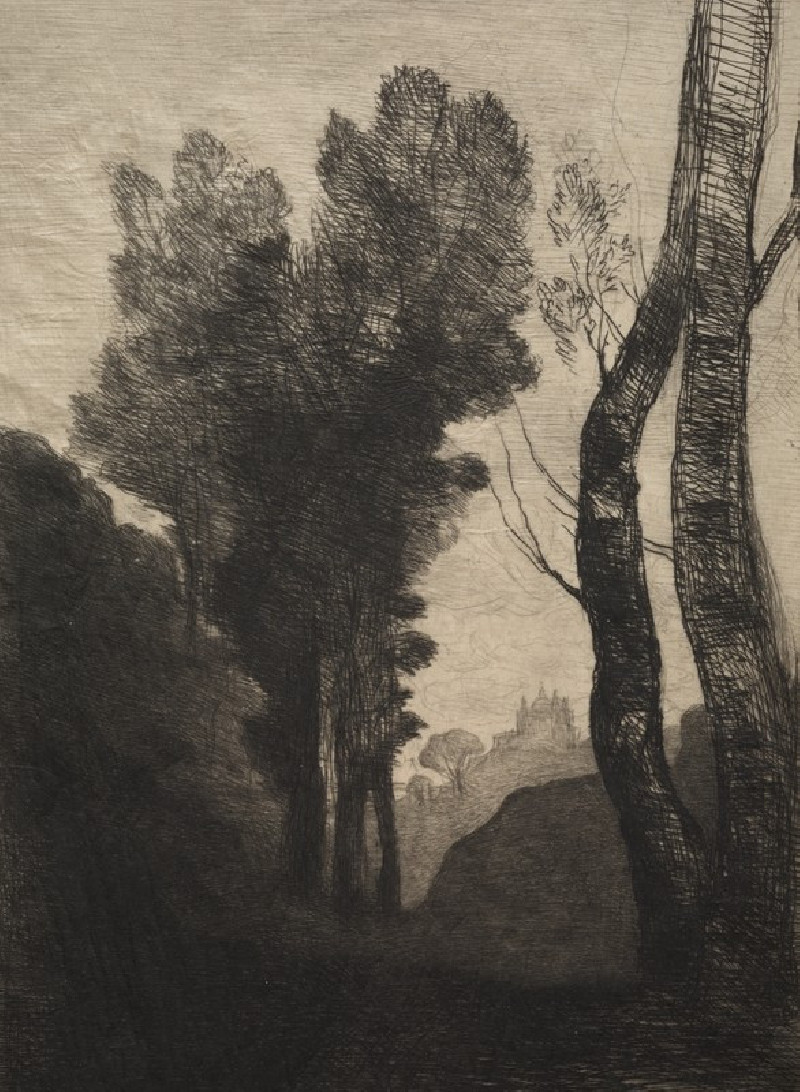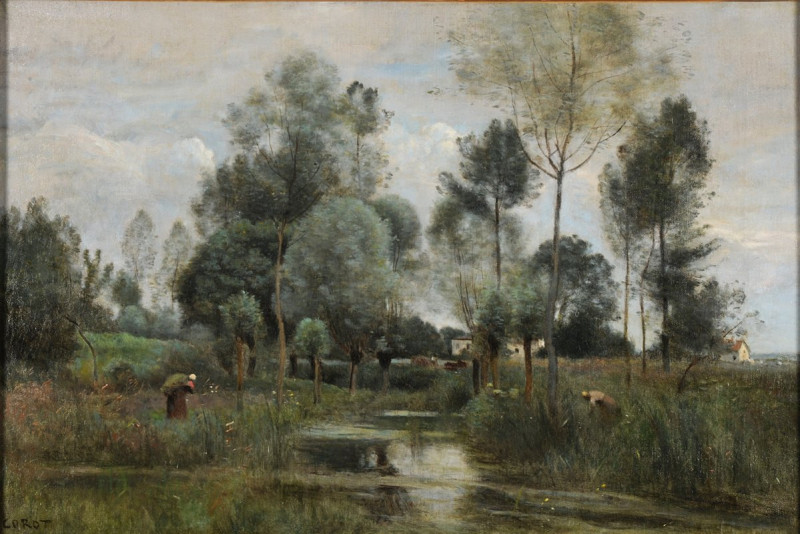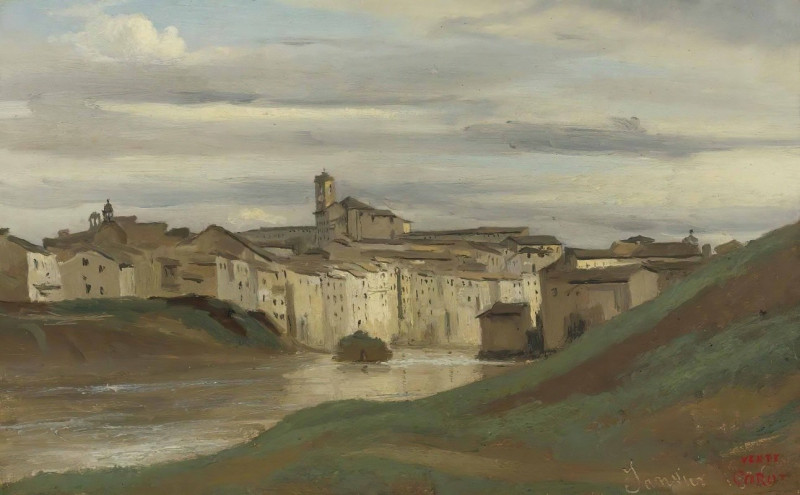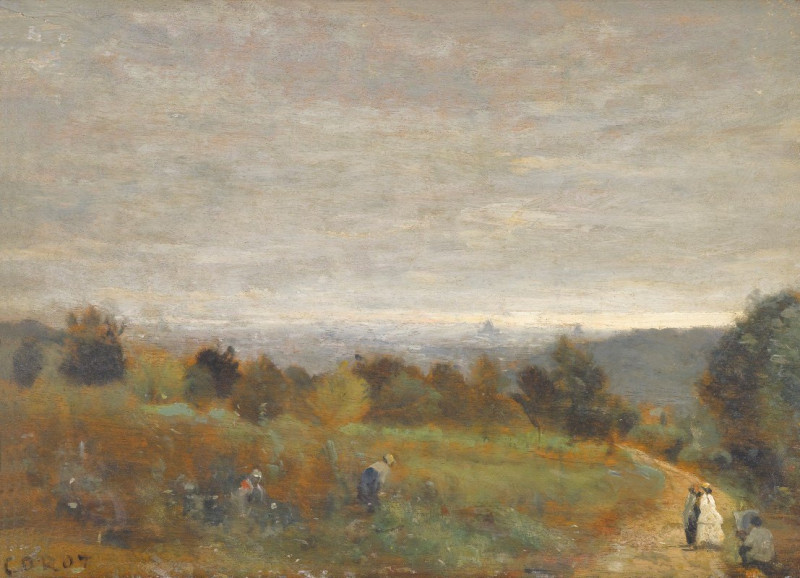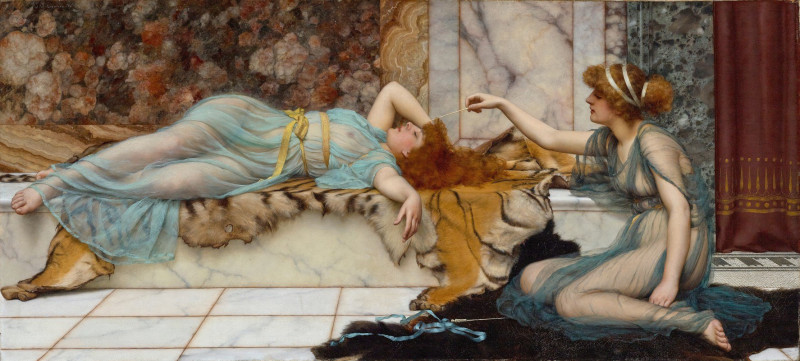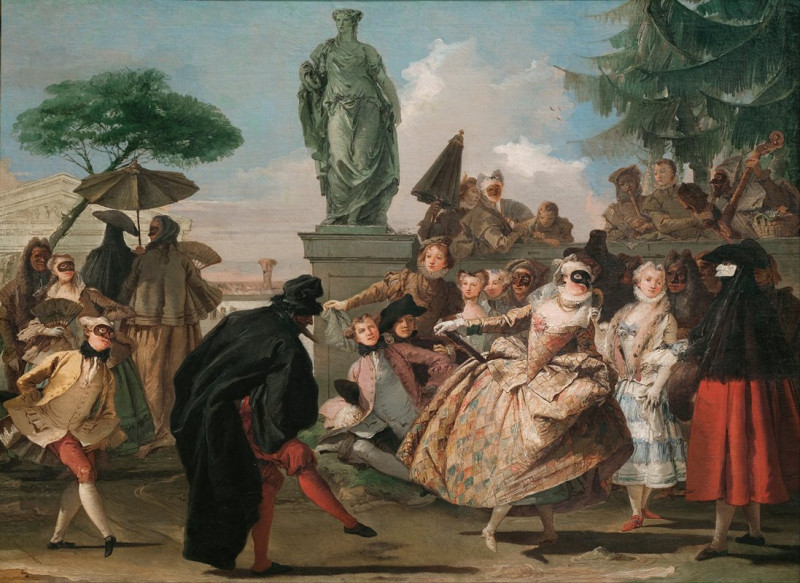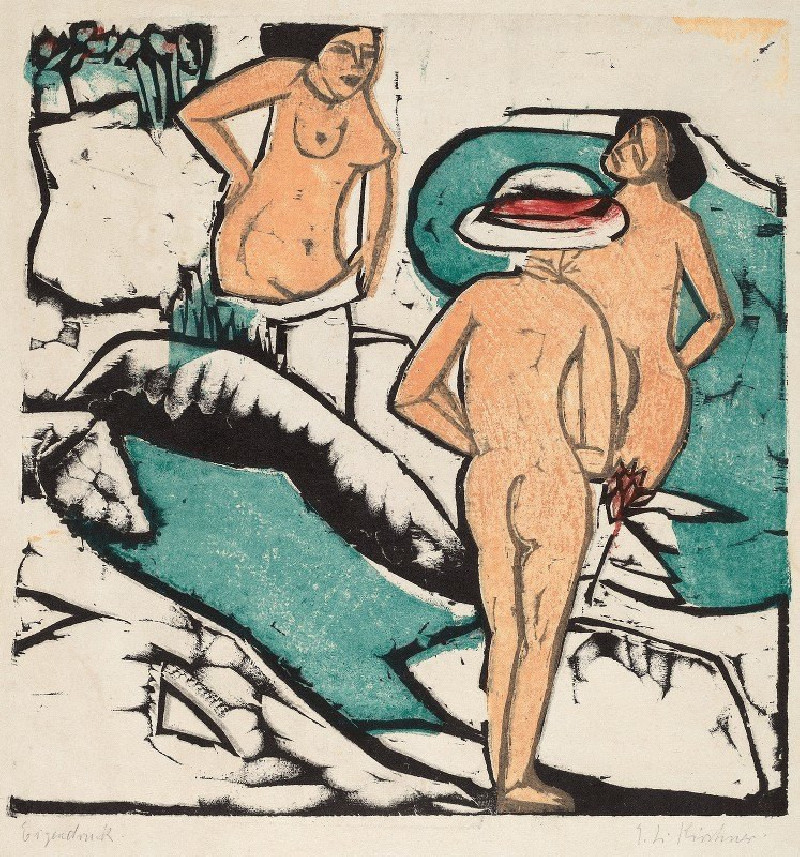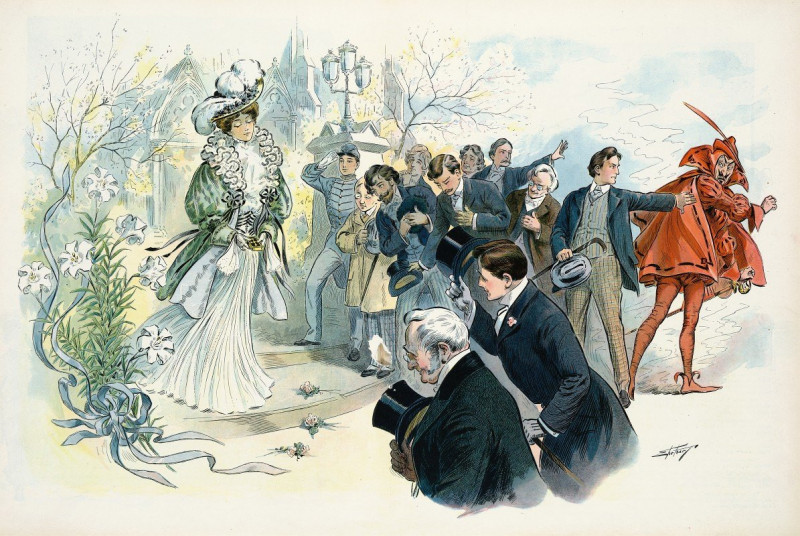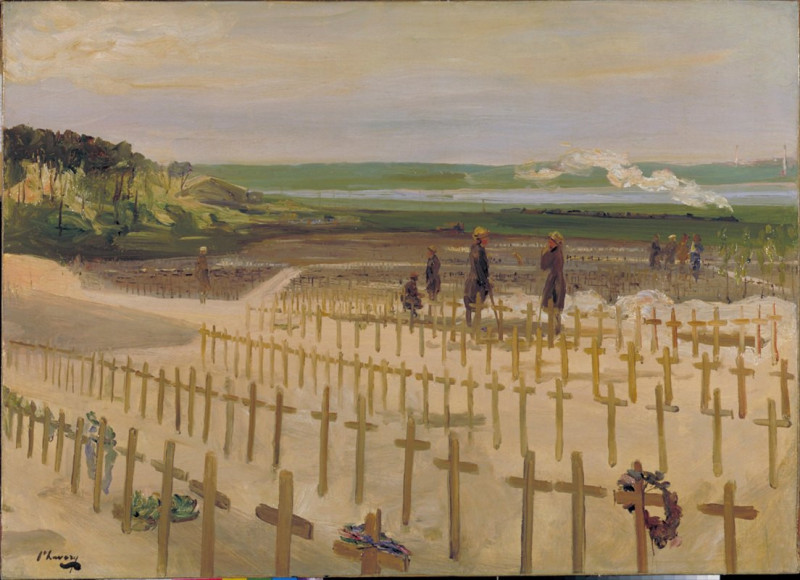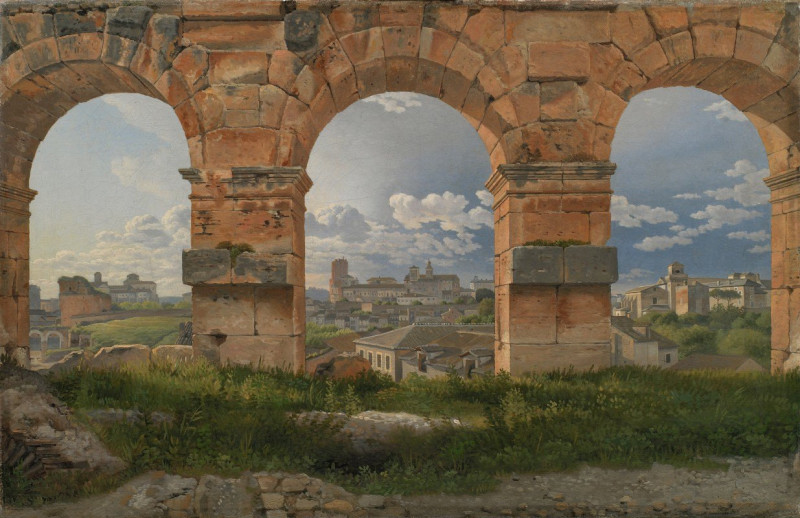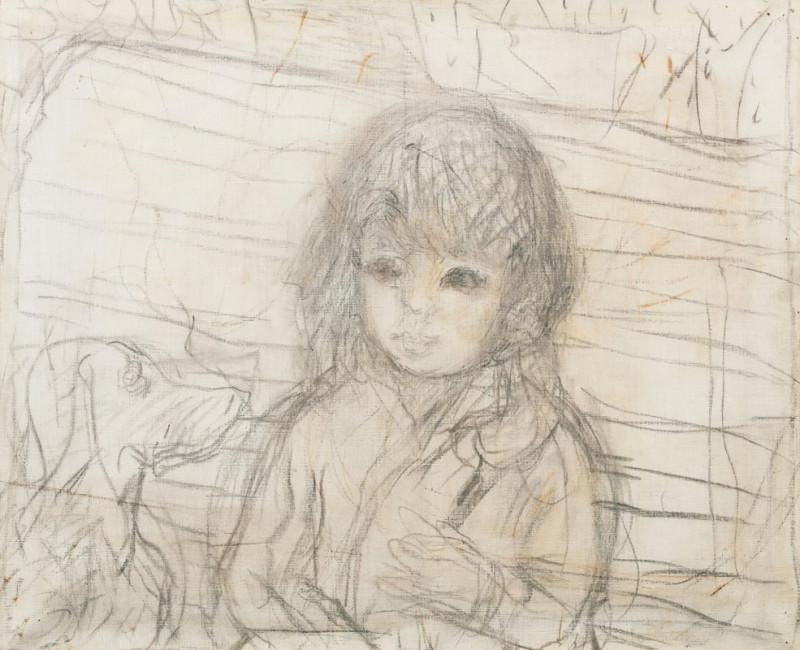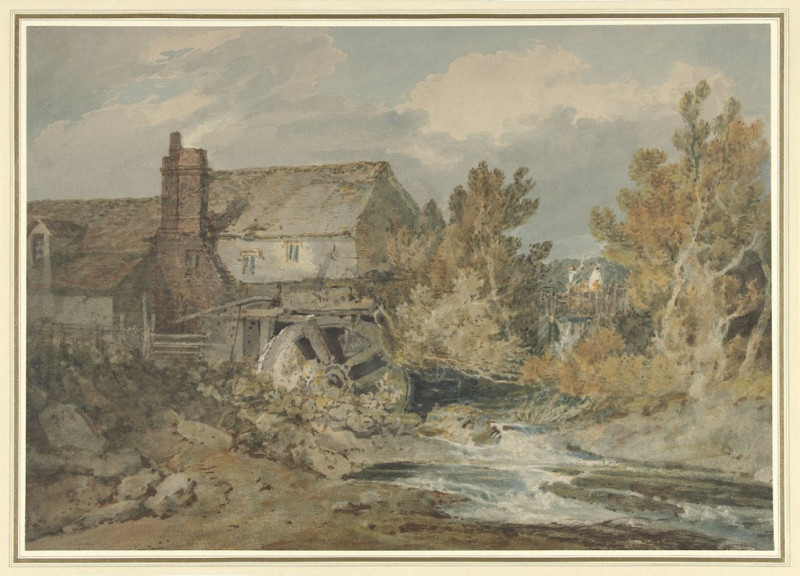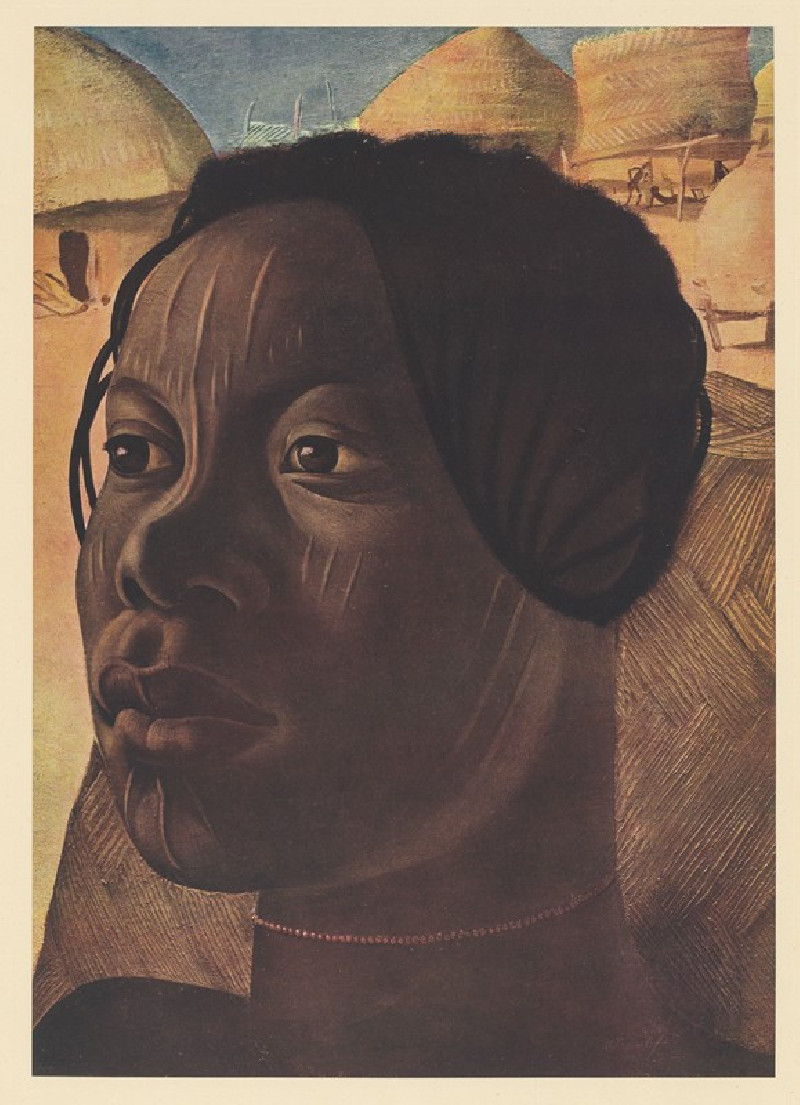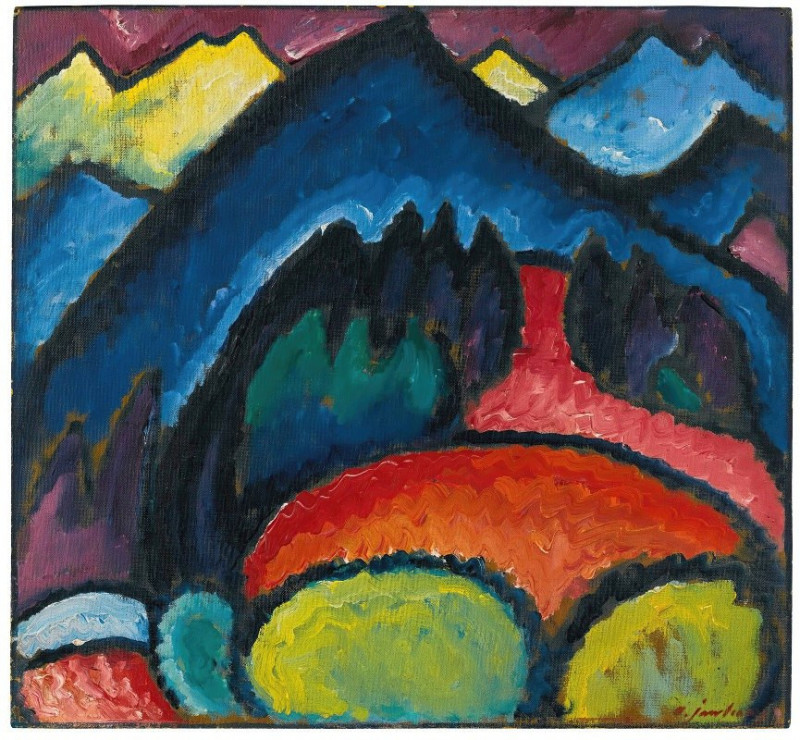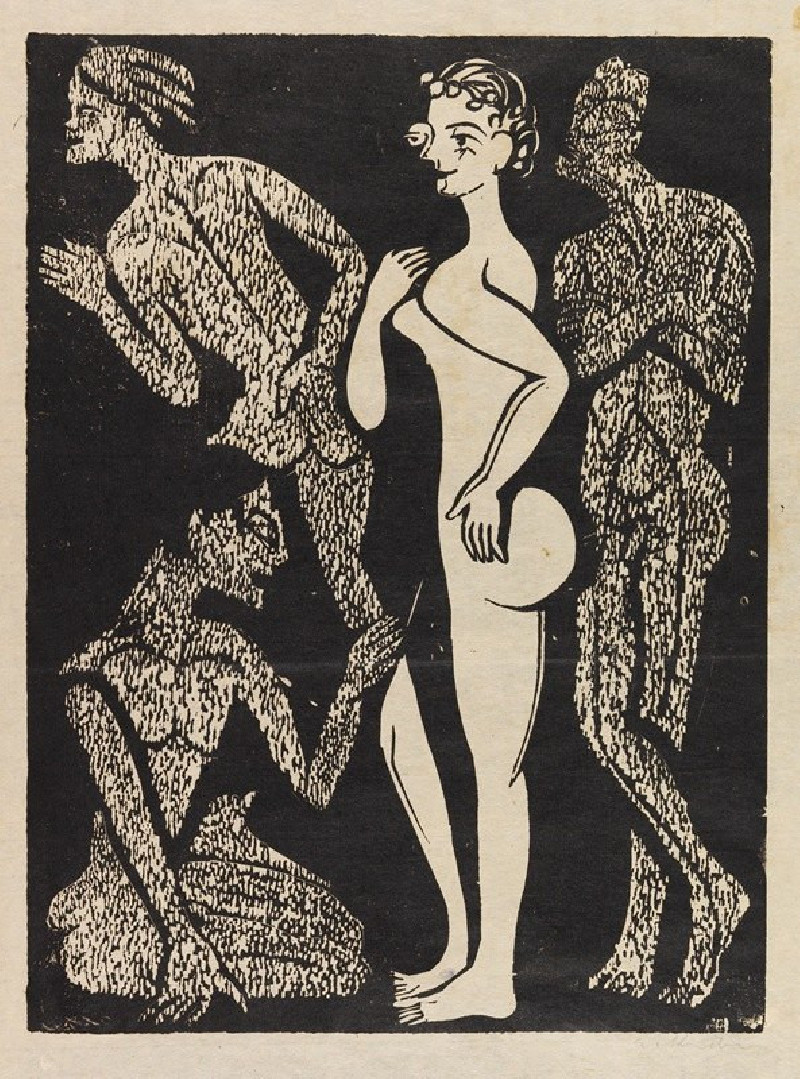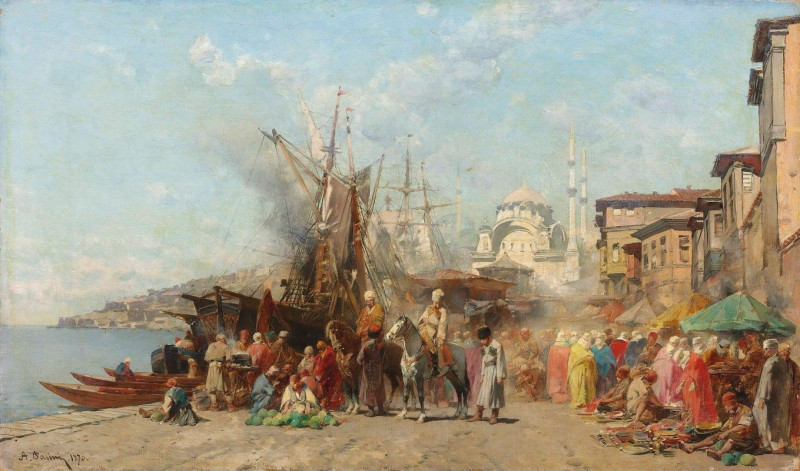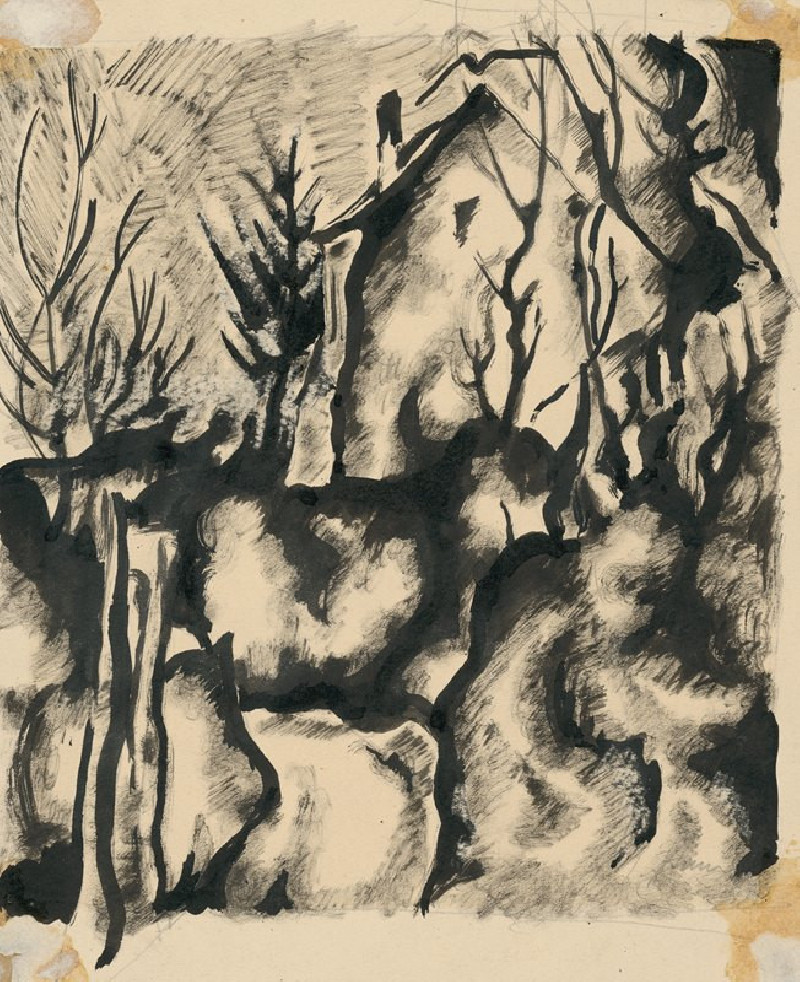Monte-Cavo (1825-1828)
Technique: Giclée quality print
Recommended by our customers
More about this artwork
Explore the serene landscape of "Monte-Cavo," a captivating work by the influential French painter Jean-Baptiste-Camille Corot. Created between 1825 and 1828, this painting invites viewers into a tranquil and moody depiction of nature, showcasing Corot's extraordinary skill in capturing the essence of outdoor environments.The painting presents a panoramic view of Monte Cavo, a site of historical and natural significance located near Rome. The foreground is enveloped in shadows, enhancing the mystery and depth of the dense, dark greenery. A winding path seems to invite the viewer into the scene, leading the eye toward the sunlit mountain slopes in the distance.In contrast to the shadowy foreground, the mountain itself is bathed in a warm, glowing light that highlights its rugged contours. This light effect not only draws attention to the mountain but also creates a striking juxtaposition against the cloud-filled sky, which casts a soft, diffused light over the upper portion of the canvas.Corot's brushwork is fluid and expressive, contributing to a sense of dynamism and spontaneity within the composed landscape. The artist’s use of color subtly shifts from the rich, verdant tones in the shadowed areas to the vibrant oranges and yellows of the sunlit mountain, demonstrating his mastery in creating atmospheric effects."Monte-Cavo" is a fine example of Corot's work during his Italian period, where he was profoundly influenced by the landscape and light of the countryside. This painting not only reflects his deep connection to nature but also his pivotal role in the development of landscape painting in the 19th century.
Delivery
Returns
Jean-Baptiste-Camille Corot was a French landscape and portrait painter as well as a printmaker in etching. He is a pivotal figure in landscape painting and his vast output simultaneously references the Neo-Classical tradition and anticipates the plein-air innovations of Impressionism.


